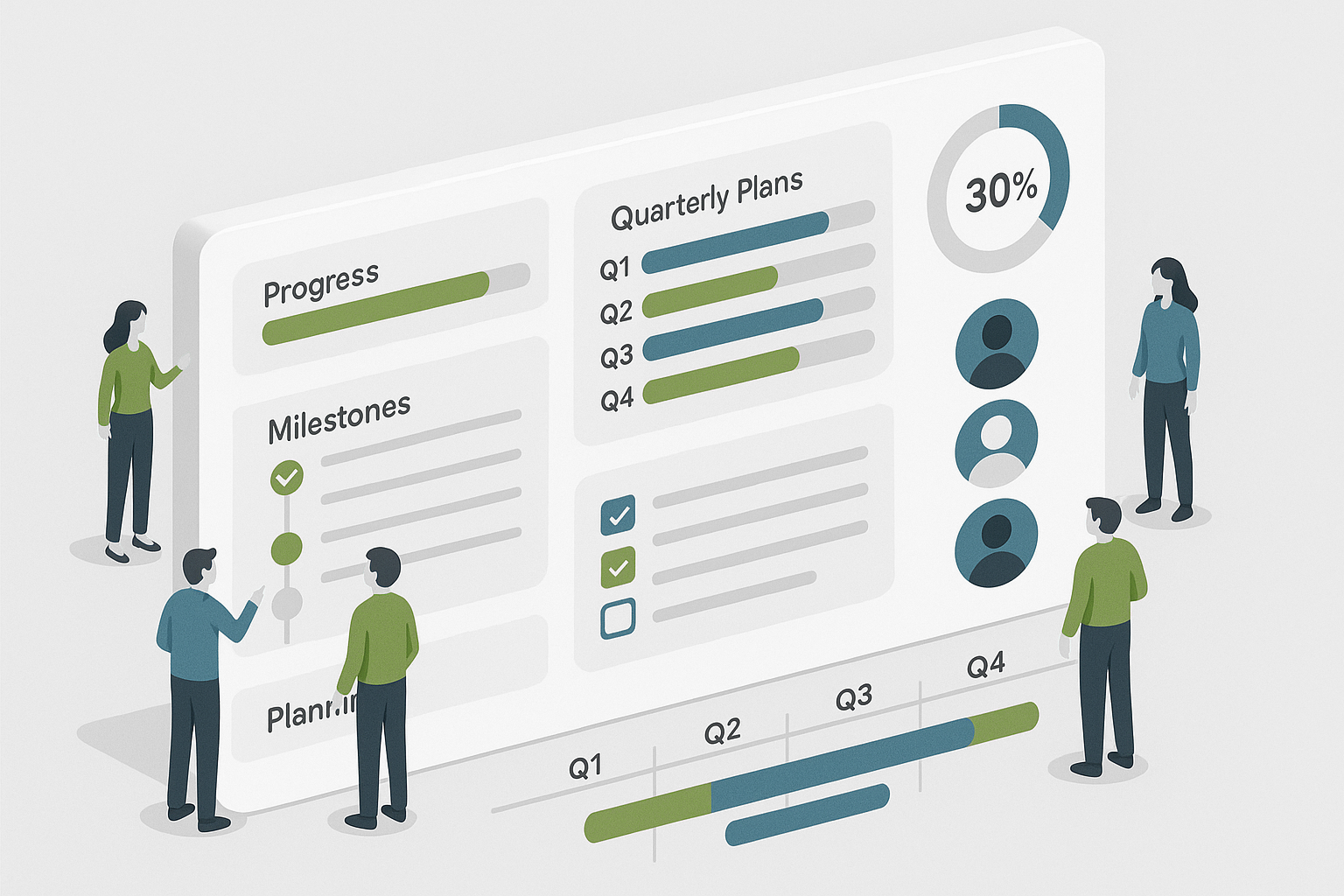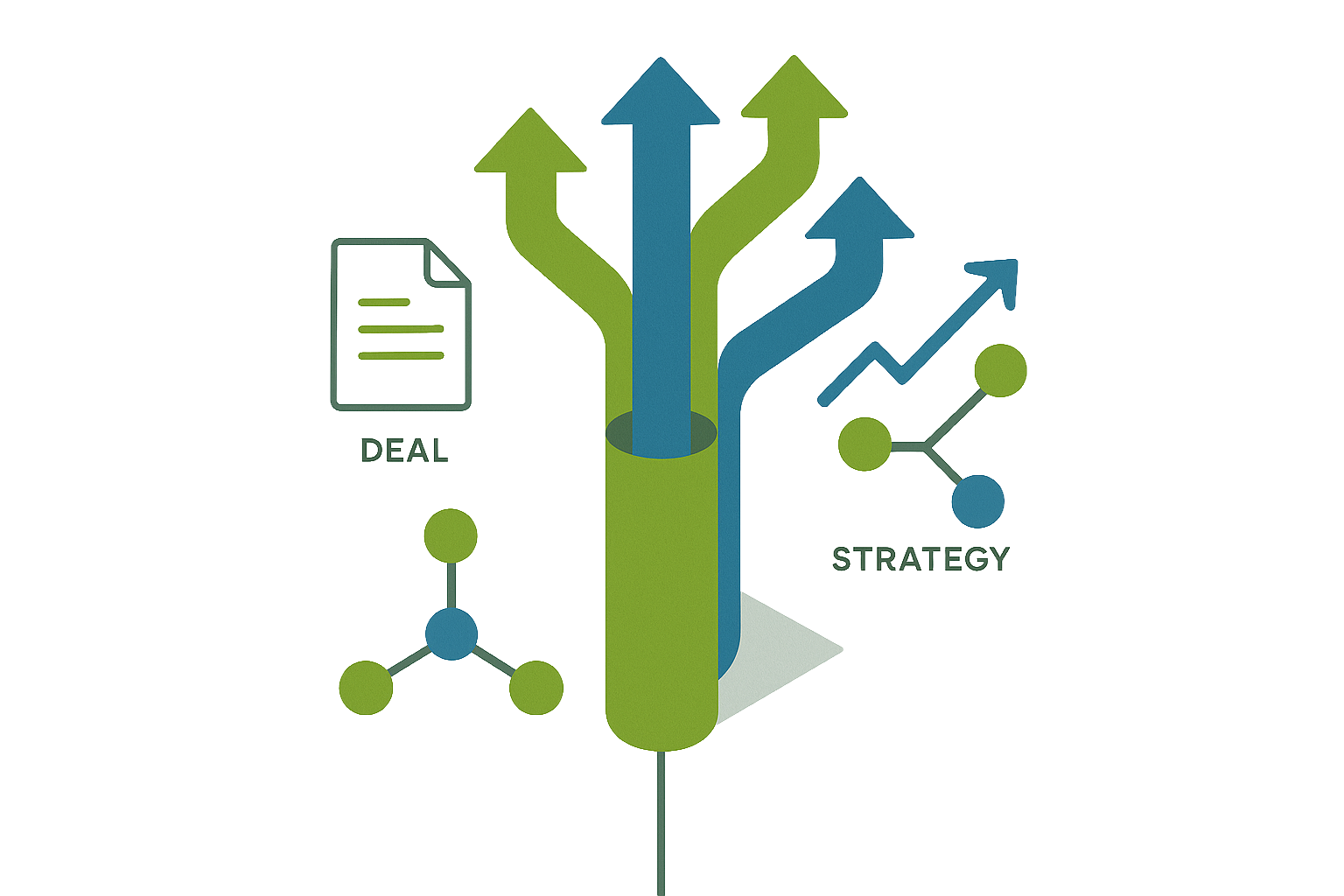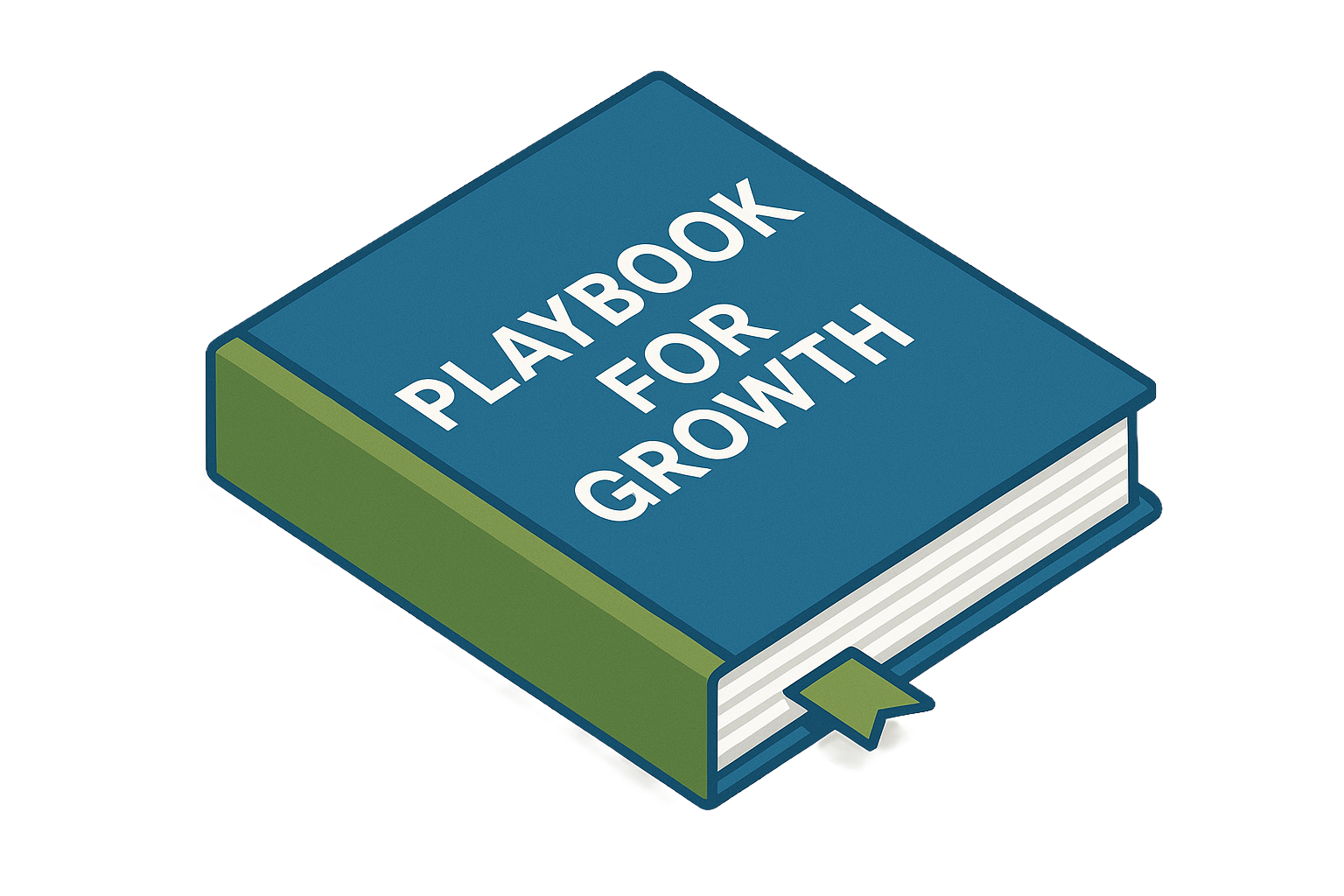Growth Strategies for M&A and Investment Banking Firms: A Framework for Growth
In the competitive landscape of middle-market mergers and acquisitions (M&A) and investment banking (IB) firms, growth is never incidental. It...
2 min read
Christine Hollinden : Jun 10, 2025 4:18:24 PM

Real growth doesn’t happen by accident, and it doesn’t happen alone.
Many firms have already taken meaningful steps toward growth. They’ve set goals, discussed priorities, and outlined where they want to go. Those conversations matter—they form the foundation of strategy.
Even with a clear vision and strong intentions, though, the day-to-day can easily take over. Plans stay too high-level. Priorities shift. Accountability fades. Before long, the path forward feels less like a roadmap and more like a moving target.
Firms that continue to grow intentionally over time aren’t doing more; they’re doing things differently. They treat strategic planning not as a one-time event, but as a living system that turns ambition into action.
For firms focused on growth, strategy isn’t something to revisit once a year—it’s the engine that drives everything forward.
Strategic planning isn’t just a meeting. It’s not about wordsmithing a mission statement or choosing next year’s revenue target. At its best, it’s a structured, facilitated process that connects long-term vision to practical, measurable steps.
It begins by asking the right questions:
From there, the process moves into detailed planning, turning goals into clear priorities and specific actions. It ends with accountability: Who is responsible for what? How will we track progress? What are our milestones?
It’s not abstract. It’s about clarity, structure, and focus.
Even the most committed firms can get stuck between big-picture vision and day-to-day execution. This is not due to a lack of effort but because the process isn’t built to support consistent progress.
Maybe you’ve seen it:
Without a structured plan in place, even the best ideas can lose momentum. Over time, the disconnect between vision and execution starts to slow growth.
When strategic planning is done well, it brings clarity across the board.
It helps your team focus on what matters most. It turns “someday” goals into near-term priorities. It creates a shared language and cadence for decision-making to ensure your firm is aligned.
It also protects your resources. With a clear plan, your time, budget, and energy go where they’ll have the greatest impact. You know what to pursue and what to set aside. You have a framework for staying on track and making smart adjustments when needed.
Most firm leaders know what they want to achieve. But when it comes to planning, trying to lead the process and contribute meaningfully at the same time makes it difficult to go deep.
Facilitating an internal strategic planning session often leads to surface-level outcomes, not because the ideas aren’t strong, but because there isn’t enough structure or space for alignment.
That’s where external facilitation makes a real difference.
A third-party facilitator creates space for productive conversation, keeps the group focused, and ensures every voice is heard. They push beyond the easy answers and help turn discussion into action. Most importantly, they allow you to step out of logistics and into strategy.
At Hollinden, we do exactly that.
If your current plan isn’t clear, aligned, and driving action, it may be time for a fresh approach.
At Hollinden, we lead strategic planning sessions built for growth-minded firms. We bring structure, experience, and outside perspective—so you can focus on defining where your firm is going and how to get there. Whether you need a skilled moderator to facilitate your session, help designing a focused agenda, or both, we tailor our approach to meet your needs.
You already have the vision. Let’s build the roadmap to match.
The Hollinden Point of View brings you monthly insights tailored to helping you grow your firm.

In the competitive landscape of middle-market mergers and acquisitions (M&A) and investment banking (IB) firms, growth is never incidental. It...

Firms dream of growth. Growth isn’t an accident; it is an outcome of a well-crafted plan coupled with a strong vision deliberately implemented....

Organic, Acquisition, or PE-Backed—Which Path Will You Choose?